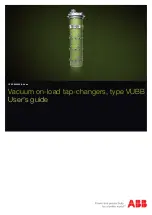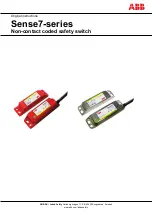
TCCS Plus
copyright © 2021 Operative Experience
10001_B
14
All rights reserved
Breathing
Breathing on the TCCS Plus can be modified and managed using the
Respiratory Rate
control and
appropriate interventions.
Remote-controlled respiratory rate
Bilateral and independent chest excursion
Tension pneumothorax corrected by
midclavicular and anterior axillary
Support to external ventilation
Bilateral chest tube insertion
Each simulator enables needle decompression
using a 14 or 10-gauge needles applied in the mid-
clavicular or anterior axillary areas of the chest.
With proper needle insertion, pressure is relieved in the chest cavity, the “lung” re-inflates, and normal
chest functions begin. Note: there is not a noticeable expulsion of air.
When the skin becomes dimpled from multiple punctures, the skin can be repaired. See
below.
Sounds
Multiple sounds on the TCCS Plus can be adjusted using the Sound controls and accurately auscultated.
Airway sounds [
No Sound, Healthy (Normal), and Stridor]
Heart sounds
(Normal S3, S4, S3 & S4, Early Systolic Murmur, Mid Systolic Murmur, Late Systolic
Murmur, Pan Systolic Murmur, and Late Diastolic Murmur)
Lung sounds [
No Sound, Healthy (Normal), Wheeze, Rhonchi, Pleural Rub, and Crackles]
Medication and Vascular Access
Medication can be administered at multiple sites
and via Intravenous Infusion.
Intramuscular sites for medication
IV cannulation (with IV sleeve)
Neurological
Eyes can be set to blink and the tri-state pupils can be independently rotated to be Normal, Blown, or
Pinpoint.
Figure 15: Needle Decompression
Figure 16: IV Sleeve
Figure 17: Tri-State Pupils
















































